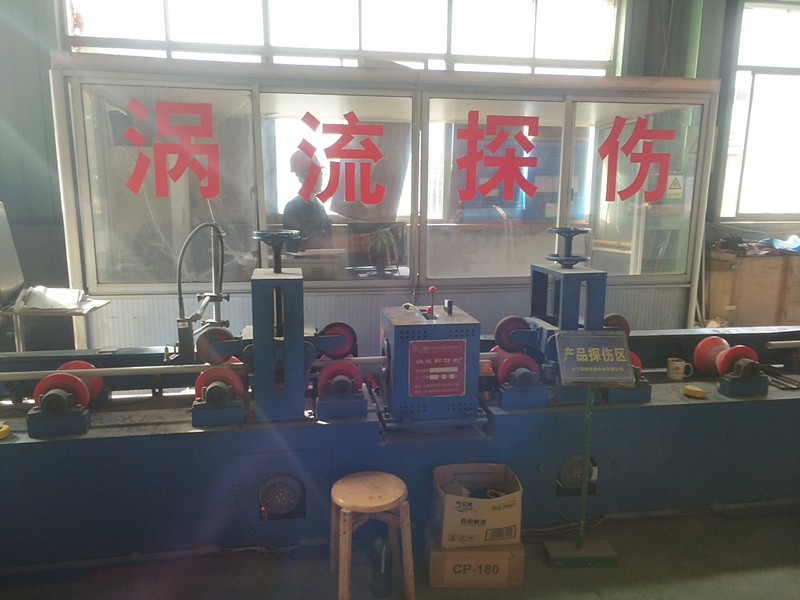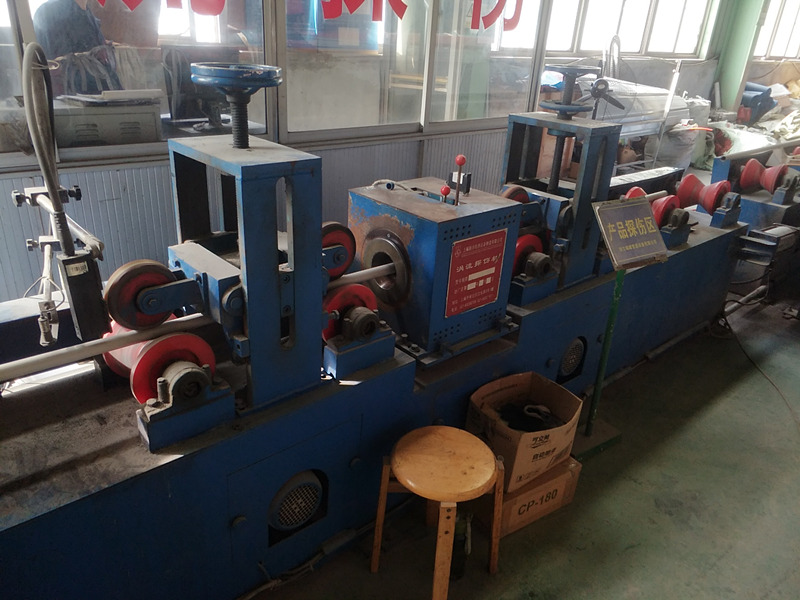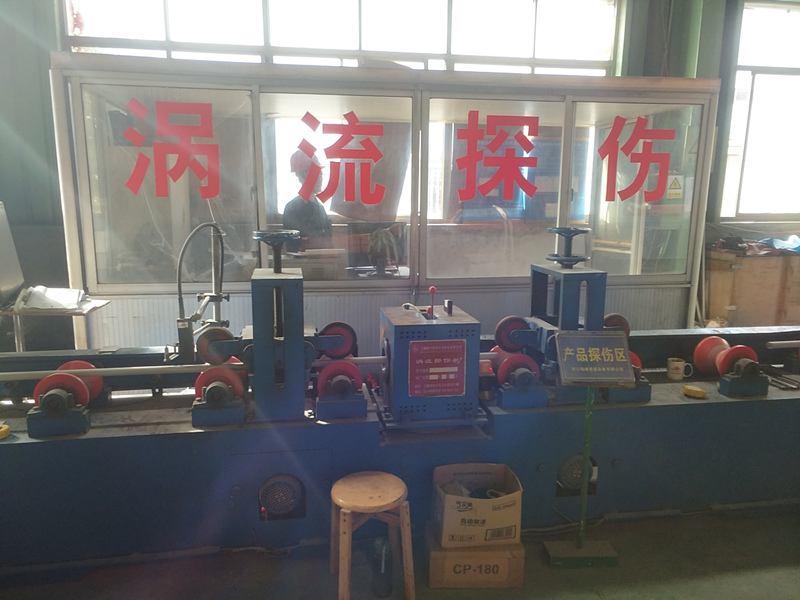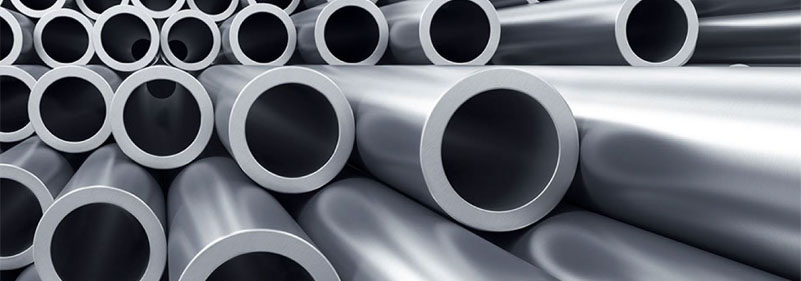Eddy current testing of pipe flaw detection

How to test the steel pipe for conformity?
Eddy current testing is a common means of using eddy current technology to detect and inspect the entire circumference of seamless and welded steel pipes.

What Is Eddy Current Testing
Well, let's start by explaining what an eddy current is.
An alternating current coil is placed on the metal plate or outside the metal tube to be tested. At this time, an alternating magnetic field will be generated in and around the coil, causing a vortex-like induction of alternating current in the specimen, known as eddy current.
Eddy current detection is defined as.
The distribution and size of eddy currents are not only related to the shape and size of the coil and the size and frequency of the alternating current but also depend on the conductivity, permeability, shape, and size of the specimen, the distance from the coil and the presence of cracks and defects on the surface, etc. Therefore, keeping other factors relatively constant, the magnetic field changes caused by eddy currents can be measured by a probe coil.
Consequently, by measuring the magnetic field changes caused by eddy currents with a probe coil while keeping other factors relatively unchanged, the size and phase change of eddy currents in the specimen can be inferred, and information about the conductivity, defects, material conditions, and other physical quantities (such as shape and size) changes or the existence of defects can be obtained.
However, since eddy currents are alternating currents with a skin effect, the detected information only reflects the condition at or near the surface of the specimen.
The eddy current testing we are talking about here is used to detect the existence of cracks and other defects in steel pipe.

Eddy Current Flaw Test Results
Qualified steel pipe
Steel pipe through the eddy current flaw test equipment, the resulting signal is lower than the alarm level, then the pipe can be recognized as a qualified inspection.
Suspicious pipe
Steel pipe through the eddy current flaw test equipment, the resulting signal is equal to or higher than the alarm level, the pipe can be identified as suspicious pipe, this time according to the standard method to re-examine the eddy current flaw detection test. In the re-vortex inspection, the resulting signal is lower than the alarm level, the pipe can be determined to be vortex inspection qualified.

 English
English 中 文
中 文 Español
Español Português
Português Deutsch
Deutsch Türk
Türk Pусский
Pусский عربي
عربي 한국인
한국인 日本語
日本語
